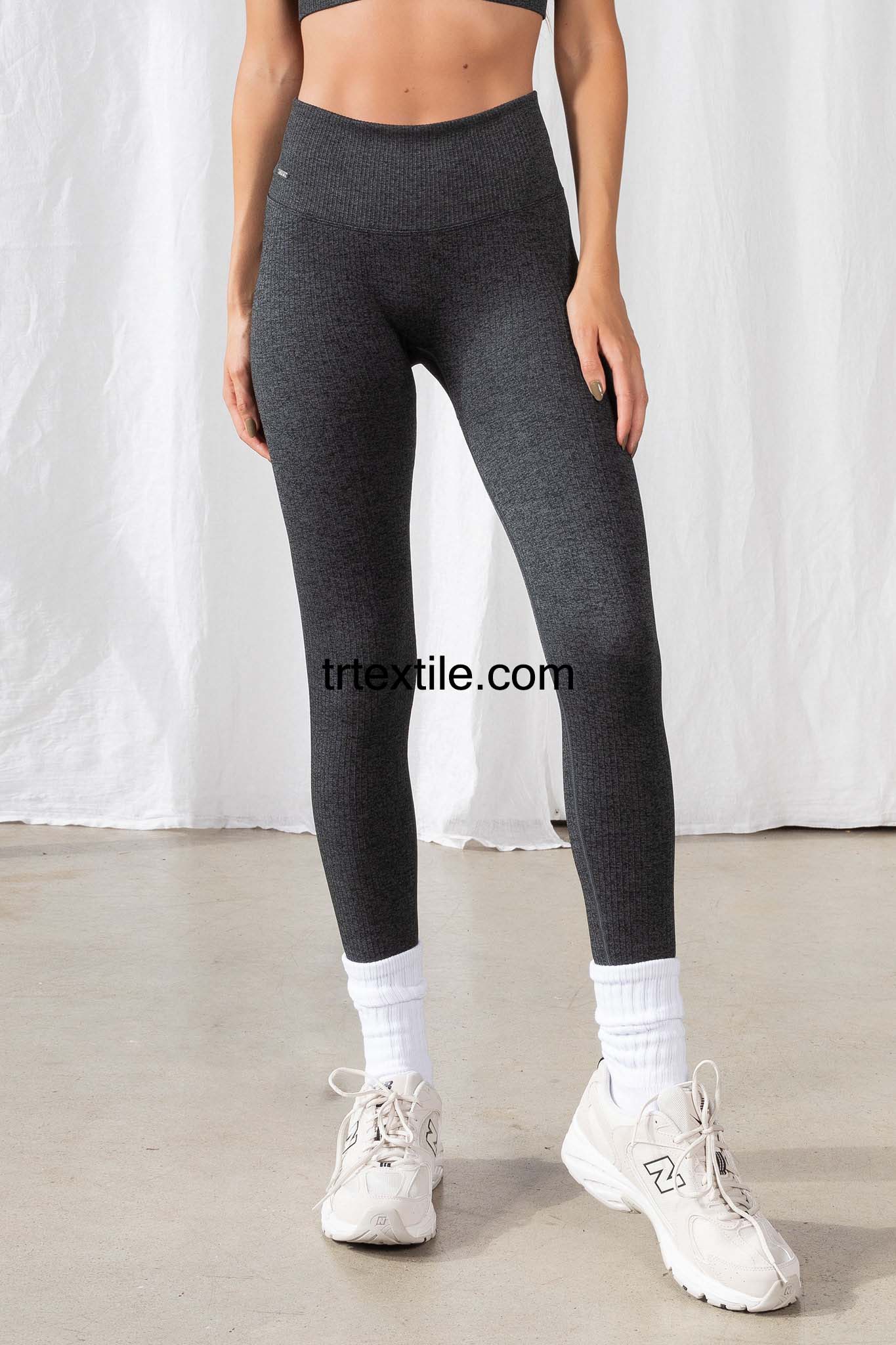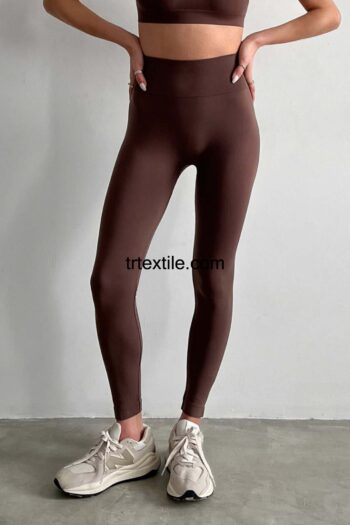Yoga tights have become an essential part of the modern wardrobe for many people. They are not only comfortable and versatile but also stylish and practical for a variety of activities, including yoga, pilates, running, and even everyday wear. The production model for yoga tights involves several steps and processes to ensure the highest quality and performance of the final product.
1. Design and Development: The first step in the production model for yoga tights is the design and development phase. This involves creating a concept for the tights, including the style, fit, and features. Designers work closely with product developers to bring the concept to life, taking into account current trends, customer feedback, and performance requirements.
2. Material Selection: Once the design is finalized, the next step is selecting the materials for the yoga tights. High-quality materials are essential for ensuring comfort, breathability, and durability. Common materials used for yoga tights include nylon, spandex, polyester, and Lycra, which provide stretch, moisture-wicking properties, and shape retention.
3. Pattern Making: After selecting the materials, the next step is creating the pattern for the yoga tights. Pattern makers use computer-aided design (CAD) software to develop the pattern based on the design specifications. The pattern is then printed on paper or transferred to a digital file for cutting and sewing.
4. Cutting and Sewing: Once the pattern is finalized, the next step is cutting the fabric and sewing the pieces together to create the yoga tights. Automated cutting machines are used to cut the fabric according to the pattern, ensuring precision and consistency. Skilled seamstresses then sew the pieces together using specialized sewing machines, following the design specifications and quality standards.
5. Quality Control: Throughout the production process, quality control is essential to ensure the yoga tights meet the highest standards. Quality control inspectors check the fabric, cut pieces, and finished tights for defects, such as misaligned seams, loose threads, and fabric flaws. Any defective items are removed from the production line to prevent them from reaching the market.
6. Finishing and Packaging: Once the yoga tights are sewn and inspected, they go through a finishing process to remove any excess threads and ensure a clean, polished appearance. The tights are then folded, packaged, and labeled with size and care instructions. They are ready to be shipped to retailers or directly to customers.
Overall, the production model for yoga tights involves a combination of design, material selection, pattern making, cutting, sewing, quality control, finishing, and packaging. Each step is essential for creating high-quality yoga tights that meet customer expectations for comfort, performance, and style. By following a systematic production model, manufacturers can ensure consistency in quality and efficiency in production, ultimately leading to satisfied customers and successful sales.




